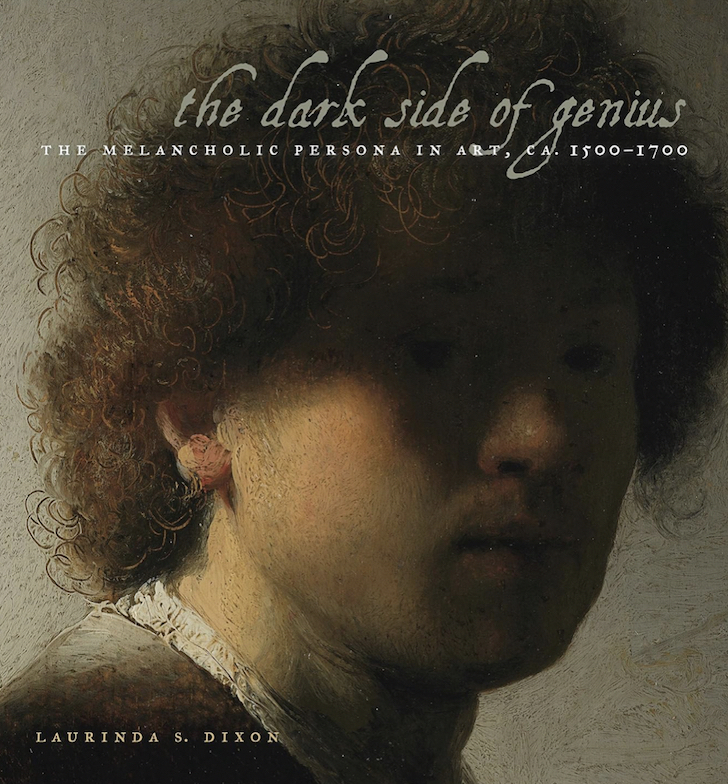In The Dark Side of Genius, Laurinda Dixon examines “melancholia” as a philosophical, medical, and social phenomenon in early modern art. Once considered to have a physical and psychic disorder, the melancholic combined positive aspects of genius and breeding with the negative qualities of depression and obsession. By focusing on four exemplary archetypes―the hermit, lover, scholar, and artist―this study reveals that, despite advances in art and science, the idea of the dispirited intellectual continues to function metaphorically as a locus for society’s fears and tensions. By labeling themselves as melancholic, artists created and defined a new elite identity; their self-worth did not depend on noble blood or material wealth, but rather on talent and intellect. By manipulating stylistic elements and iconography, artists from Dürer to Rembrandt appealed to an early modern audience whose gaze was trained to discern the invisible internal self by means of external appearances and allusions. Buona lettura!
